Cob is a rustic building technique that dates back to pre-historic times. It combines sand, clay and straw, and is held together with water and an abundant supply of elbow grease. These ingredients are identical to adobe, but adobe is generally formed into bricks, then dried before application. Working with cob is essentially like playing in the mud.
I had the pleasure of attending a cob workshop at Emerson Avenue Community Garden in Westchester, CA. Robert from EarthWorks Natural Building led us in an endeavor to build a comfortable seating area for the Garden’s new outdoor classroom.

Robert brought his industrial mixer that looks like a giant cotton candy machine. Traditionally the ingredients were mixed by stomping, as in wine making, but modern technology spared us from having to remove our shoes.

Our ingredients:
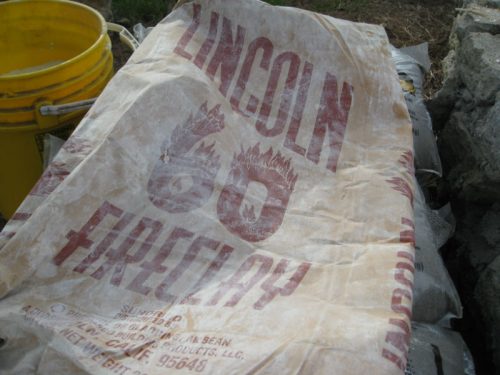
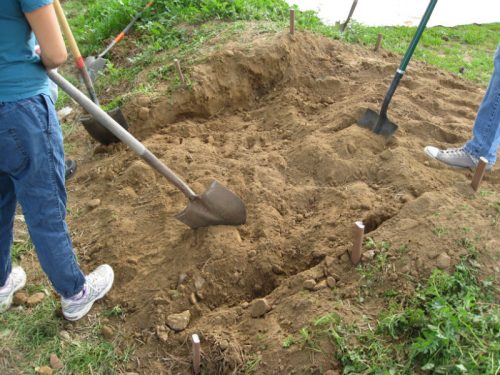
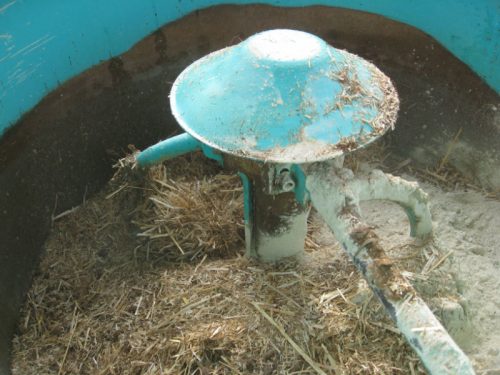
How to:
Robert and his team mixed the ingredients with water in batches. He demonstrated how to apply the finished product.

We went to work building a comfortable seat atop the stone sitting area.
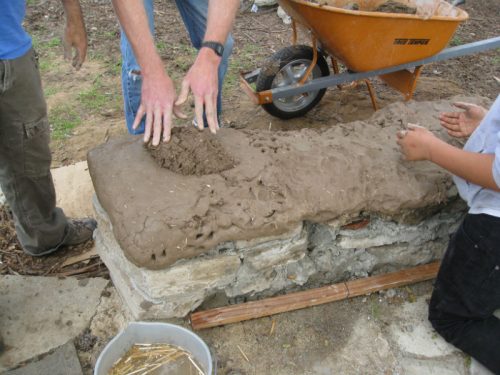
We worked for three hours and made a fair dent in the work to be done. Building with cob is time consuming, but once it’s finished and coated with lime (for waterproofing) it lasts for an eternity. Perhaps this will inspire you to build that cob pizza oven in the backyard.
What I learned:
- Work with small amounts of building material, otherwise it’s too thick to press into place with tired thumbs.
- Cob can’t have direct soil contact. It must be built on top of a foundation of stone or something that doesn’t absorb moisture.
- Involve your friends; the work goes much faster.
- Apply a new coat of lime each year to keep your cob structure sound.
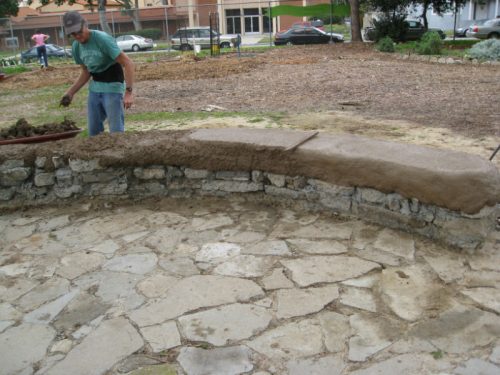

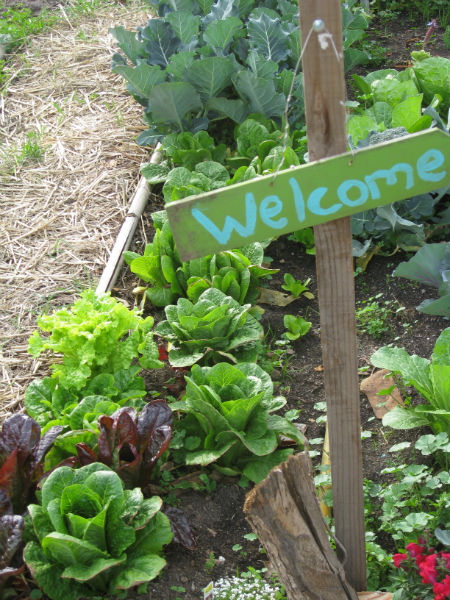
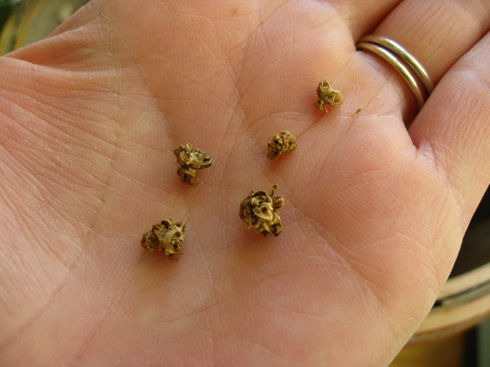
I love this and will have to think about this for my garden and a pizza oven for my outside kitchen. It all will happen when I get my new place.